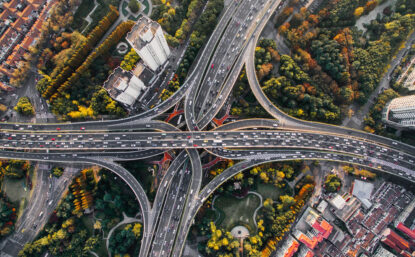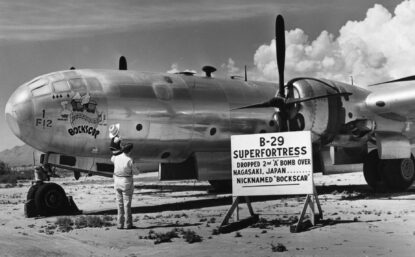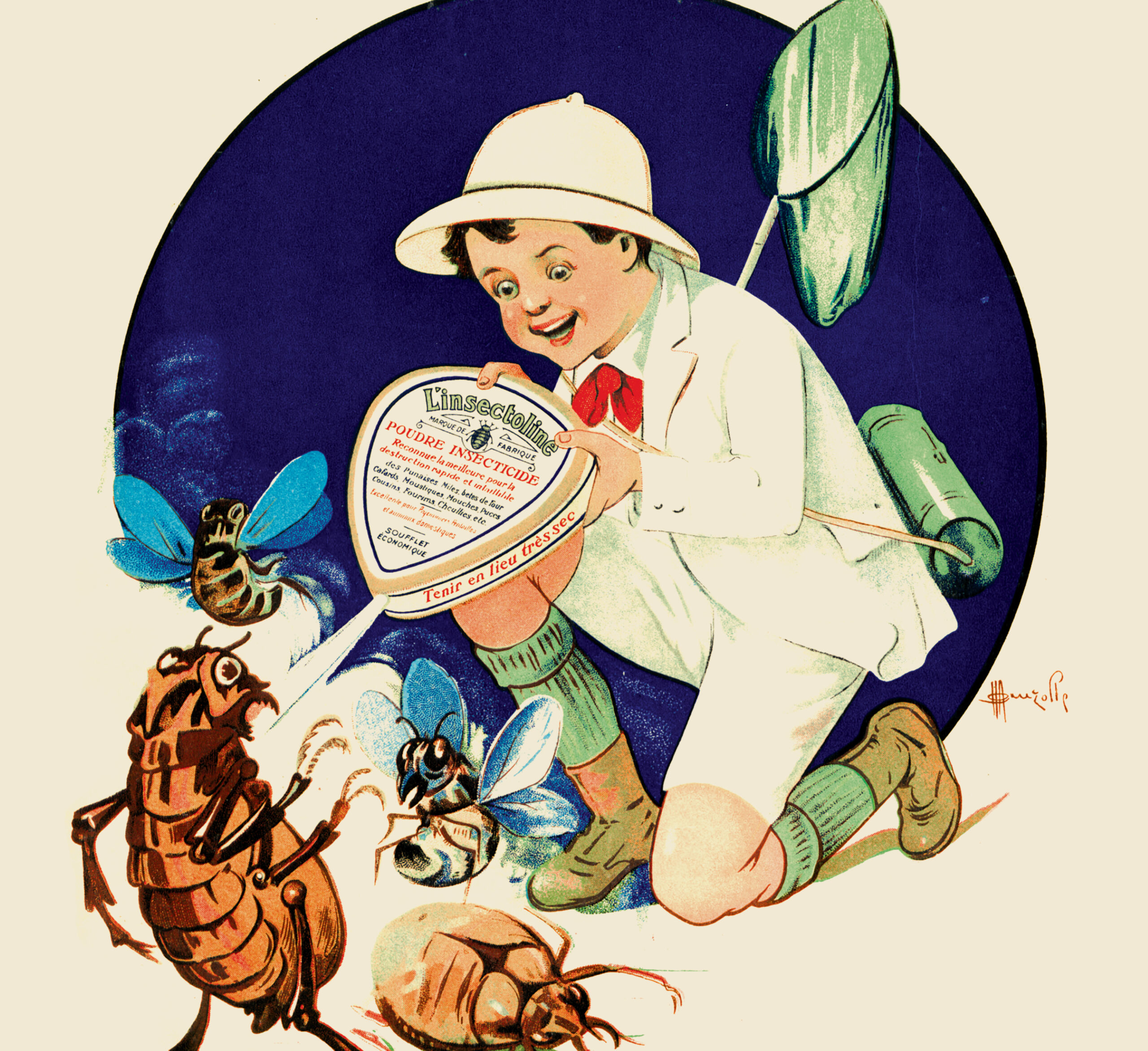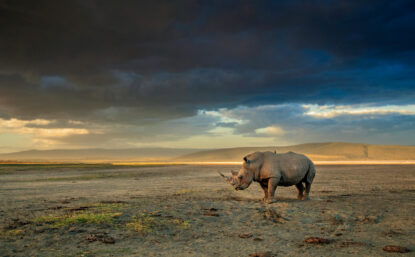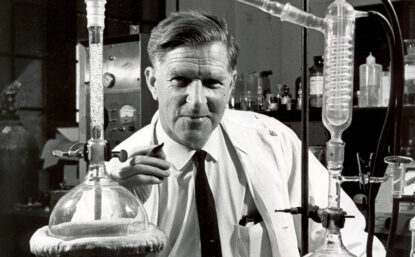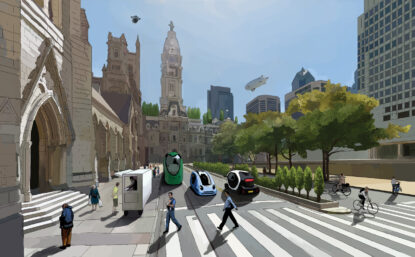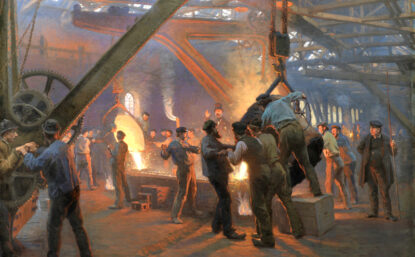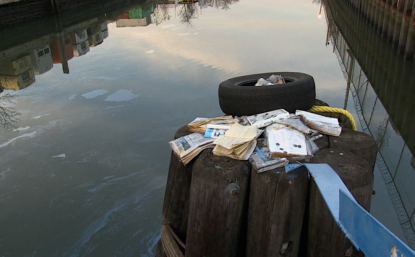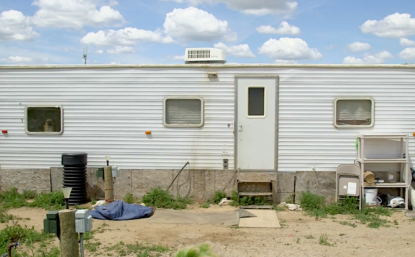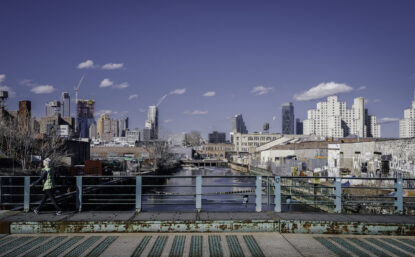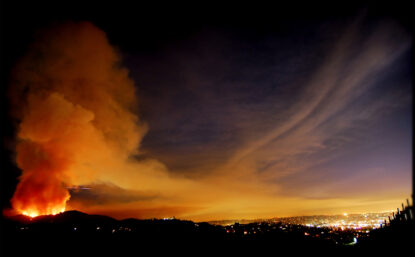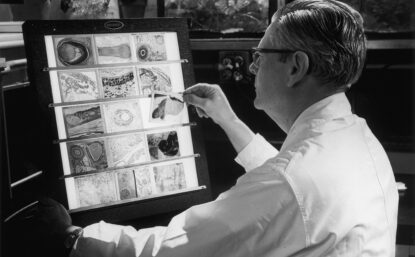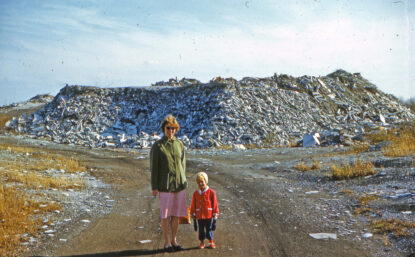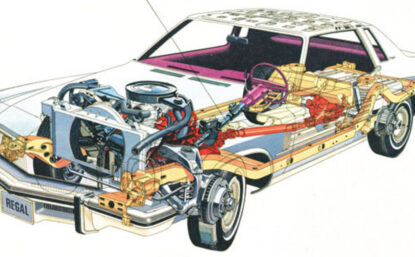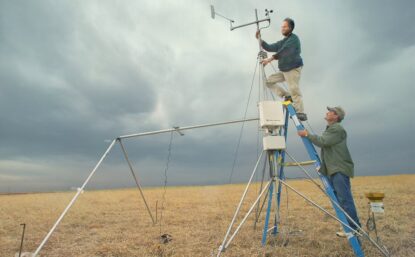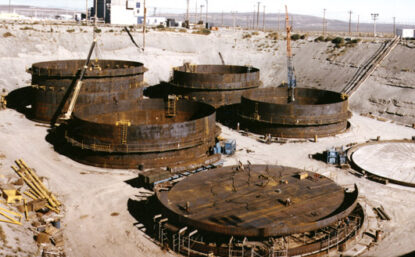Distillations magazine
Environment & Nature
Our impact on the natural and built worlds
Concrete Solutions
Making eco-friendly cement is easy; the hard part comes later.
Greetings from Isotopia
Why would anyone visit a radioactive ghost town or the remnants of a nuclear reactor?
Beyond Silent Spring: An Alternate History of DDT
Our histories of the infamous chemical often conflict with the facts.
Can Biotech Save the Rhino?
Or will it speed the animal’s demise?
The Flavor of Smog
In the 1940s two chemists joined forces to fight Los Angeles’s stinky, stinging air.
Imagining a Postcarbon Future
How do we think about a world that doesn’t yet exist?
Future Calculations
Was Svante Arrhenius the first climate change believer?
CSI: Gowanus—Cleaning up the Canal
Take a trip down Brooklyn’s Gowanus Canal with cartographer and citizen scientist Eymund Diegel.
Where Have All the Trailers Gone?
Hurricanes Katrina and Rita displaced more than a million people in 2005, many of whom turned to trailers provided by FEMA. But it soon became apparent that these trailers were making people sick.
Waste Not, Want Not
Is recycled wastewater too much to swallow?
The Gowanus Canal
The fight for Brooklyn’s coolest Superfund site.
Turf Wars
In the 1960s chemists created artificial turf. But are synthetic fields better than natural grass?
The Best of Intentions
The origins and unintended consequences of U.S. forest-fighting policy.
A Vulnerable Earth
Through attempts to weaponize Earth itself, Cold War researchers unintentionally created a new understanding of a fragile planet.
Living in the Town Asbestos Built
Nearly a century of asbestos manufacturing carried the borough of Ambler, Pennsylvania, from bust to boom and back to bust. In recent years Ambler has gotten back on its feet, but its industrial past remains very much present.
Clean Machine
The technology to scrub noxious gases from car exhausts has existed since the 1950s. Why did the U.S. government wait until the 1970s to mandate its use?
Clearing the Air
Three atmospheric scientists describe carrying their work beyond the lab.
Leaking Legacy
How did the Hanford nuclear facility become one of America’s most vexing environmental challenges? Jennifer Weeks explores the history and future of the site.

